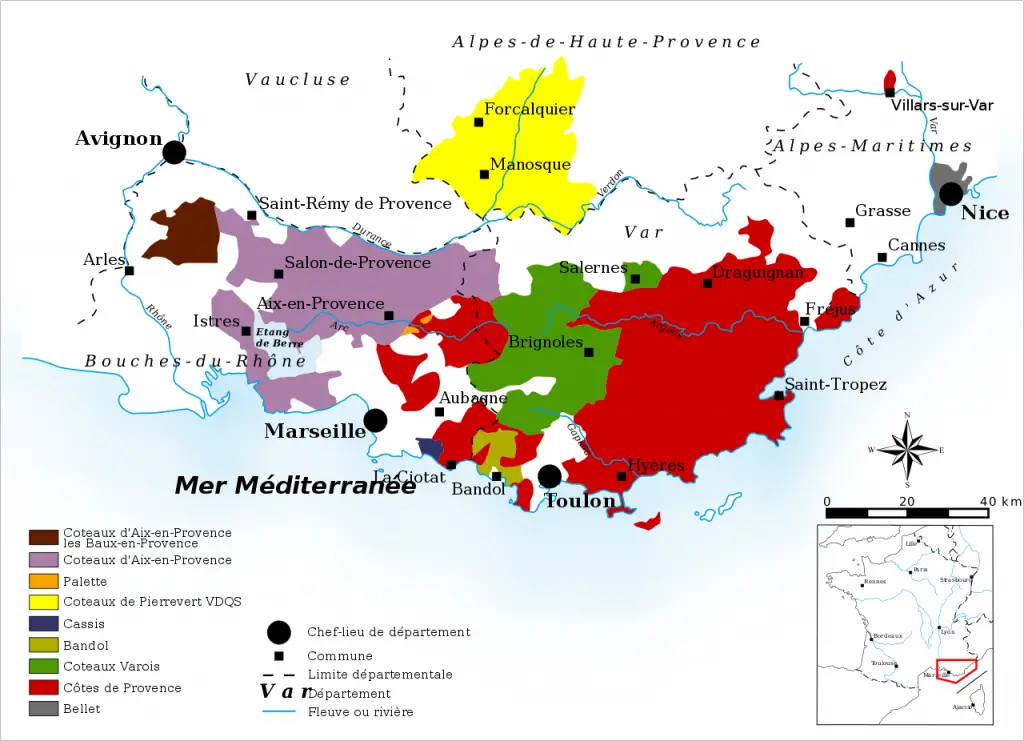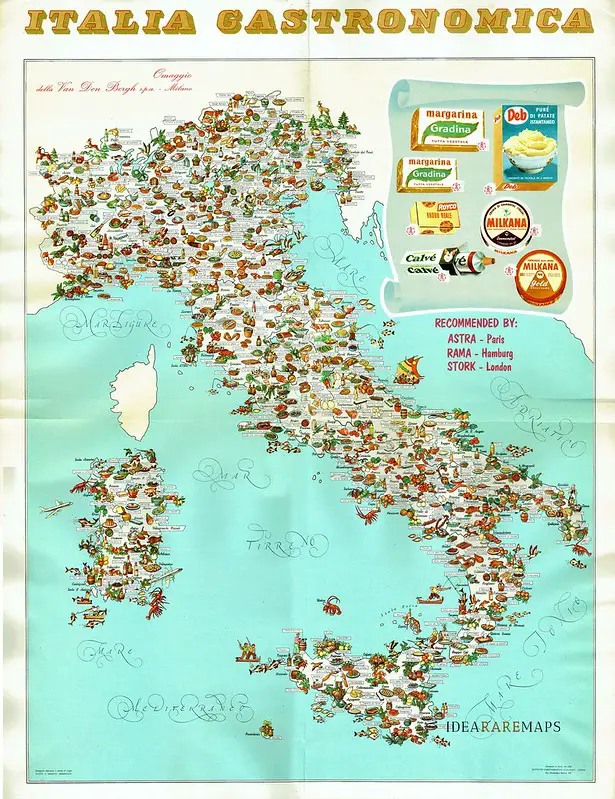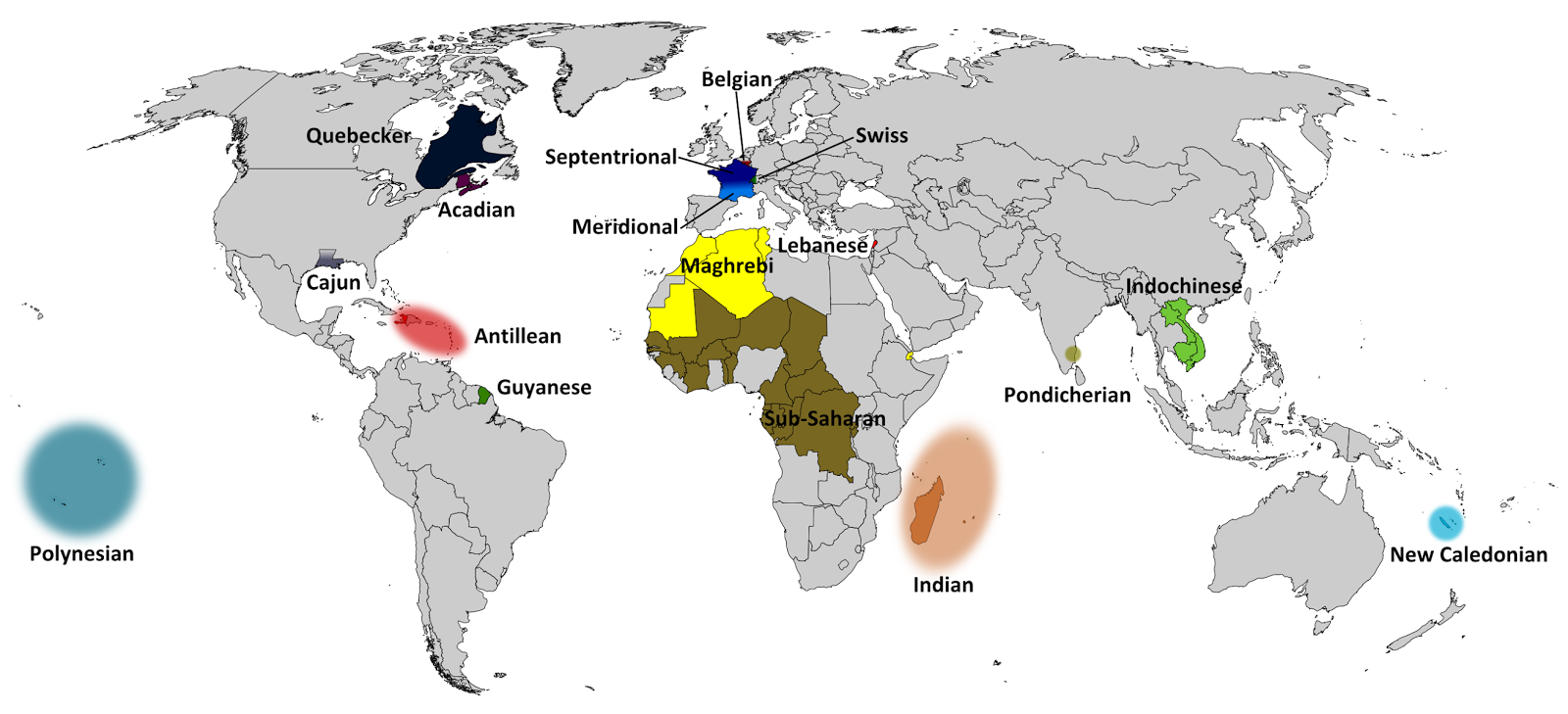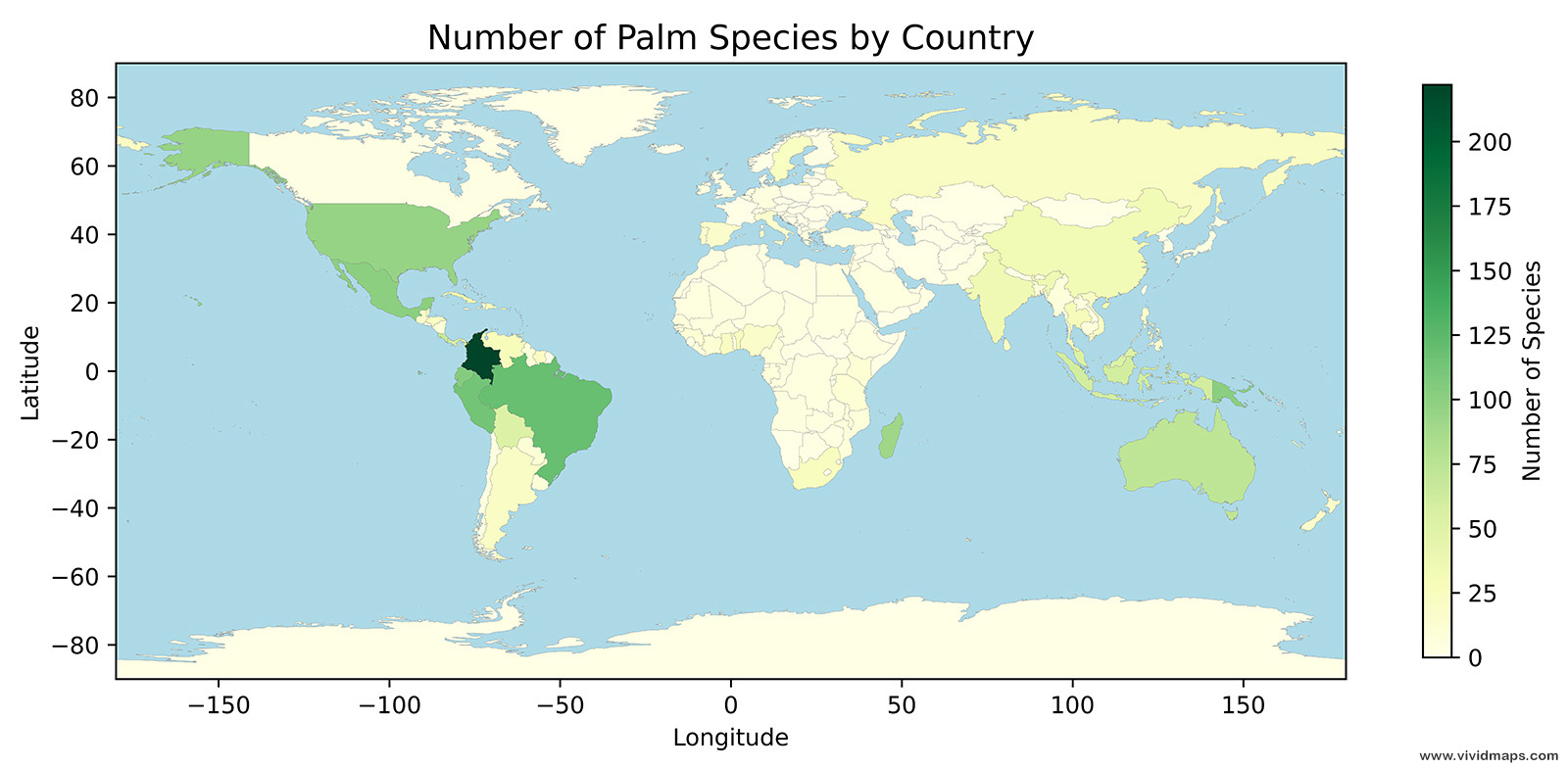Wines of France mapped
France isn’t just a place that produces wine—it’s a place where wine is part of the national rhythm. From the fog-kissed vineyards of Champagne to the lavender-scented hillsides of Provence, every region brings its own flavor to the table. With roughly 60 million hectolitres (that’s about 8 billion bottles) produced annually, France remains one of the true giants of global winemaking.
Table of Contents
Grapes With Global Reach
Many of the grape varieties we see on wine lists around the world have roots in French soil. They’ve traveled far, but their character was born here:
- Chardonnay – Crisp and steely in Chablis, round and buttery in Meursault. A true chameleon.
- Cabernet Sauvignon – The backbone of Bordeaux reds, known for structure and depth.
- Pinot Noir – A finicky grape that shines in Burgundy’s cool climate.
- Merlot – Smooth and plush, a perfect counterbalance to Cabernet.
- Syrah – Spicy and rich in the northern Rhône, often blended in the south.
- Grenache – Juicy and sun-loving, adding warmth to blends in the south.
- Sauvignon Blanc – Fresh and zippy in the Loire, fuller in Bordeaux.
- Gamay – Fruity and cheerful, especially in Beaujolais.
- Viognier – Lush and floral, most famously grown in the northern Rhône.
- Cabernet Franc – Herbal and bright, a Loire Valley classic.
Each grape expresses itself differently depending on where it’s grown, and France’s diverse terroirs—its mix of soil, climate, and winemaking tradition—give each variety a chance to shine.
Mapping the French Wine Landscape

This Vinepair map gives a great high-level look at where France’s major wine regions are:
- Bordeaux – Known for complex red blends.
- Burgundy – Revered for Pinot Noir and Chardonnay.
- Champagne – The only region where true Champagne is made.
- Loire Valley – Famous for lively whites and light reds.
- Rhône Valley – Syrah in the north, Grenache-led blends in the south.
- Alsace – Aromatic whites flourish here.
- Languedoc-Roussillon – France’s largest vineyard area, with huge variety.
- Provence – Synonymous with pale, refreshing rosé.
However, the actual layout of wine plantations is much more complex.

Map of wine varieties in Provence

Provence’s wine heritage dates back over 2,600 years to when the Greeks founded Marseille. Layer by layer, cultures have added their vines and styles. Today, the region is nearly synonymous with rosé—dry, elegant, and made from grapes like Grenache, Mourvèdre, and Cinsault.
The Sparkling Side of France
The map below, created by the Wine Folly team, shows 23 bubbly French regions.

Yes, Champagne is king—but France’s sparkling wines don’t end there. Several other regions also make excellent bubbles:
- Crémant d’Alsace – Bright, aromatic, food-friendly.
- Crémant de Bourgogne – A balance of freshness and richness.
- Crémant de Loire – Under-the-radar and often great value.
- Blanquette de Limoux – Possibly the original sparkling wine, pre-dating Champagne.
All are made using the traditional method, with a second fermentation in the bottle.
French Wine: Fast Facts
- France produces more than 7.5 billion liters of wine annually.
- Many wine regions hug rivers like the Loire, Rhône, and Garonne.
- The Appellation d’Origine Contrôlée (AOC) system ensures regional integrity.
- Over 300 grape varieties are officially recognized.
- Traditional methods—like hand-picking and oak aging—remain important.
- Wine isn’t just a product here—it’s part of life.
- Climate change is already impacting vineyard practices and grape selection.
Want to go deeper? Grab a copy of the World Atlas of Wine (Amazon link).








